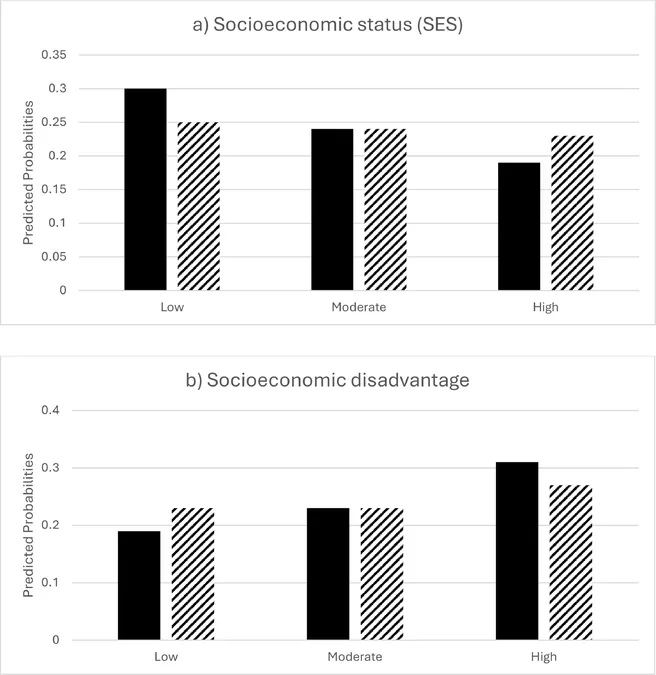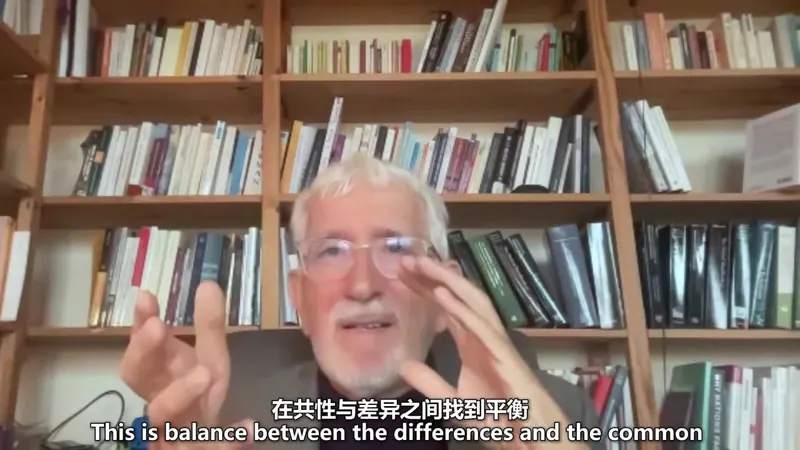
Breakthrough Research Reveals How Neighborhood Conditions Impact Spinal Cord Injury Recovery
2024-11-25
Author: Wei Ling
Introduction
In a groundbreaking study, researchers at the Kessler Foundation have developed essential tools to explore the impact of neighborhood economic factors on health outcomes following spinal cord injuries (SCI). Their findings underscore a troubling reality: individuals residing in economically disadvantaged neighborhoods are more likely to experience negative health outcomes, stressing the urgent need for public policy reform aimed at reducing environmental disparities.
Research Methods
The research team created and validated two comprehensive measures: one assessing neighborhood socioeconomic status and another focusing on socioeconomic disadvantage. These measures draw on extensive data from the U.S. Census Bureau's American Community Survey, alongside information from the national Spinal Cord Injury Model Systems database.
Publication Details
Published in the November 2024 issue of the Archives of Physical Medicine and Rehabilitation, the article titled "Development of Composite Measures of Neighborhood Economic Factors for Use in Spinal Cord Injury Outcomes Studies" features contributions from Amanda L. Botticello, Ph.D., MPH; Lauren Murphy, Ph.D.; and Anthony Lequerica, Ph.D., alongside other collaborators from affiliated institutions.
Significance of Findings
Dr. Amanda Botticello, the lead author and principal investigator, expressed the significance of these measures: "This advancement is vital for research on social determinants of health in the context of SCI. Our tools equip other researchers with the means to incorporate neighborhood environmental factors into rehabilitation outcomes studies as a standard practice."
Implications for Policy and Practice
The implications of this research extend beyond academia. Botticello highlighted that understanding how neighborhood conditions influence health, community integration, and the evolution of health disparities is crucial. "This research is a keystone for designing targeted interventions that can significantly enhance the quality of life for individuals with spinal cord injuries," she added.
Conclusion
As awareness grows around the social determinants of health, this innovative study could pave the way for more equitable healthcare solutions, truly transforming recovery experiences for those affected by spinal cord injuries. Should policymakers take these findings to heart, we may very well see a future where environment-driven health inequities are addressed head-on.



 Brasil (PT)
Brasil (PT)
 Canada (EN)
Canada (EN)
 Chile (ES)
Chile (ES)
 España (ES)
España (ES)
 France (FR)
France (FR)
 Hong Kong (EN)
Hong Kong (EN)
 Italia (IT)
Italia (IT)
 日本 (JA)
日本 (JA)
 Magyarország (HU)
Magyarország (HU)
 Norge (NO)
Norge (NO)
 Polska (PL)
Polska (PL)
 Schweiz (DE)
Schweiz (DE)
 Singapore (EN)
Singapore (EN)
 Sverige (SV)
Sverige (SV)
 Suomi (FI)
Suomi (FI)
 Türkiye (TR)
Türkiye (TR)